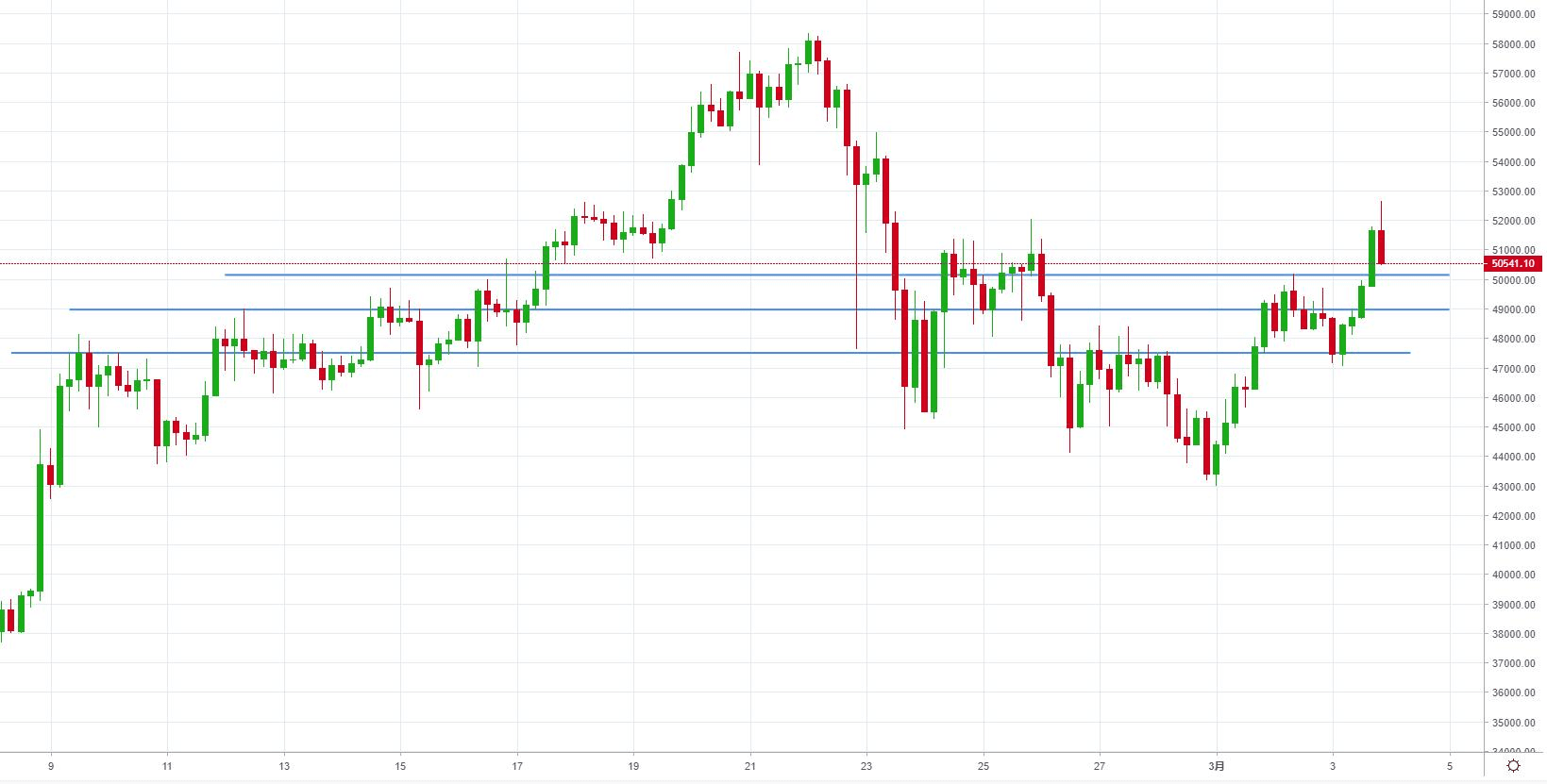
In the ever-changing cryptocurrency market, Bitcoin has always occupied the most prominent focus position. Recently, the price trends of Bitcoin have resembled a dramatic series, attracting the attention of global investors.
Recent market review
On August 14, Bitcoin reached 124,500 USD, setting a new historical high, demonstrating its strong upward momentum. However, the market's rhythm is always elusive. After hitting the historical high last week, Bitcoin fell into an 'adjustment mode'. On August 19, Bitcoin continued to decline, dropping 7.5% from the historical high of approximately 124,350 USD set on Wednesday, trading at 115,500 USD after a 2% drop in the past 24 hours. By August 20, the market showed Bitcoin rebounding to 114,026 USD, down 1.04% in the past 24 hours. This series of price fluctuations undoubtedly made investors feel like they were on a roller coaster.
Looking back at Bitcoin's price trajectory this year, it can be described as magnificent. After breaking through the 100,000 USD mark in early May, it entered a phase of high-level technical adjustment. After reaching 110,000 USD at the end of May, the price repeatedly tested support and resistance levels in the 110,000 - 118,000 USD range, with ETF fund inflows and institutional increases providing bottom support. Multiple attempts to break through key resistance in June and July reflected cautious sentiment in the market near historical highs. Entering August, alongside record closing prices in the US stock market, rising interest rate cut expectations, and the synchronized strength of mainstream coins like Ethereum, Bitcoin's technical aspect welcomed a breakthrough. After standing above the 120,000 USD mark, momentum was quickly released, soaring to a historical high of 124,500 USD on August 14. However, the subsequent pullback also came swiftly, with intense market long and short battles.
Analysis of price volatility reasons
The impact of macroeconomic data
The performance of US macroeconomic data has a crucial impact on Bitcoin's price. Previously, lower-than-expected US Consumer Price Index data pushed Bitcoin to reach a historical high. However, this surge came to an abrupt halt due to the subsequent announcement of a 3.3% year-on-year increase in the July Producer Price Index (higher than previous expectations). Changes in inflation data directly affect market expectations for the Federal Reserve's monetary policy. 'Bitcoin's recent decline reflects a cautious investor sentiment in the context of US inflation exceeding expectations,' said Vincent Liu, Chief Investment Officer of Kronos Research. 'High inflation reduces hopes for Federal Reserve rate cuts, strengthens the dollar, and fosters risk-averse behavior.' Analysts believe that higher-than-expected wholesale inflation data weakened investors' expectations for a possible rate cut in September, causing traders to become more cautious, choosing to wait for clearer macroeconomic and cryptocurrency signals before re-entering the market.
The impact of government policies and statements
US Treasury Secretary Yellen stated that the government will not purchase Bitcoin for its strategic reserves but will explore a more 'budget-neutral' way to expand reserves. This statement undoubtedly dealt a certain blow to market confidence. In the cryptocurrency market, government policy direction and official statements often trigger violent market reactions. The government's attitude toward Bitcoin significantly influences investors' decisions and the flow of funds in the market.
Internal fund flows and investor behavior in the market
From the market's internal perspective, the flow of funds and investor behavior are shaping the price trends of Bitcoin. Rachael Lucas, a cryptocurrency analyst at BTCMarkets, stated that the fund flow data from spot ETFs indicates that the recent market decline is more due to capital rotation rather than a collapse of investor confidence. Last Friday, funds flowed out of Grayscale and Ark Invest's Bitcoin ETFs, while BlackRock's IBIT continued to attract net inflows. According to data from SoSoValue, the spot Ether ETF also showed a similar trend. 'Although the overall daily fund flow has slightly decreased, the breadth of institutional participation remains significant, indicating that investors are consolidating funds into lower-cost products rather than completely exiting the market,' Lucas pointed out. This suggests that the current market pullback may be a type of asset allocation adjustment by investors at market highs, rather than a complete pessimism about market prospects.
Future price outlook
The future price trends of Bitcoin are filled with uncertainty, but there are some key factors worth paying attention to.
From the support level perspective, analyst Lucas indicated that the current key support levels are 115,000 USD and 112,500 USD. If these levels are breached, it may further decline to 110,000 USD. From the resistance level and upward momentum perspective, if the current pullback range can be maintained, Bitcoin may once again test the resistance levels of 118,000 - 120,000 USD. Dean Chen, an analyst at the cryptocurrency derivatives exchange Bitunix, stated that if Powell maintains a 'wait-and-see' attitude at the Jackson Hole Economic Symposium, Bitcoin may struggle to break through higher levels in the short term, instead consolidating in the 115,000 to 120,000 USD range.
The next major market catalyst will still be US macroeconomic events. Expectations of macro liquidity, the direction of the Federal Reserve's monetary policy, ETF fund inflows, and the synergistic effects of mainstream cryptocurrencies like Ethereum will all have a significant impact on Bitcoin's mid-term trends. If the macroeconomic environment remains loose, ETF fund inflows stabilize, and mainstream cryptocurrencies rise in resonance, Bitcoin's price is expected to solidify above 120,000 USD and challenge higher points; conversely, if macro expectations shift or fund inflows slow, prices may retrace and gather momentum.
BTC

